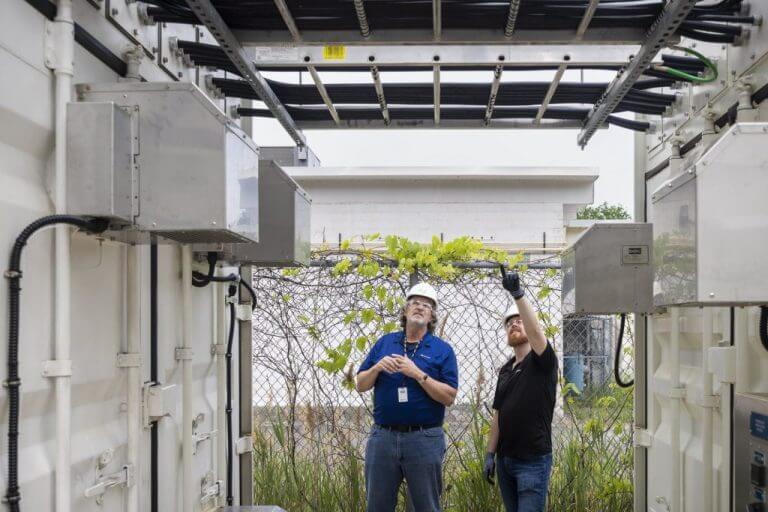Microsoft periodically updates the public on its zero-carbon quest as it inches closer to its zero-negative timeframe of 2030, and today’s update includes some expansions in the world of hydrogen fuel cells.
As more businesses, governments, municipalities move operations to the cloud, datacenters are becoming the heartbeat to global activity and companies such as Microsoft are looking at alternative ways to power them while being eco-conscious.
Beyond windmills and solar power, Microsoft began betting on proton exchange membrane (PEM) technology back in 2013 and it looks like it may be about to pay off as a no-carbon emission power resource.
Microsoft chief environmental officer Lucas Joppa research found that the PEM cells which combine hydrogen and oxygen for chemical reaction that produces electricity, heat and water without particulate matter and zero carbon emission, could be the future for the company’s datacenter output in the future.
Joppa’s tested the PEM technology at three megawatts which is equivalent to the diesel generators Microsoft currently employees in its back up processes and enough energy to power 10,000 computers or 600 homes.
Unfortunately, PEM technology is not currently set for scale and will be something that could become a longtail project as the world works to make green hydrogen economically viable.
However, the potential upside of green hydrogen to power commercial buildings, homes, hospitals and datacenters through increasing environmental emergencies might help expedite its scale of use.
As of now, PEM fuel technology is only being explored as a backup option for Microsoft’s datacenters at the moment, but researchers are looking into ways to elongate the lifespan and have it become a viable alternative solution for commercial use.
As Microsoft director of datacenter research Sean James puts it, “I’m going to turn around when the excitement dies down and start to ask, ‘Okay, we did one, where can I get 1,000? We’ve got a commitment to be completely diesel free, and that supply chain has got to be robust – we’ve got to talk about scale across the entire hydrogen industry.”



